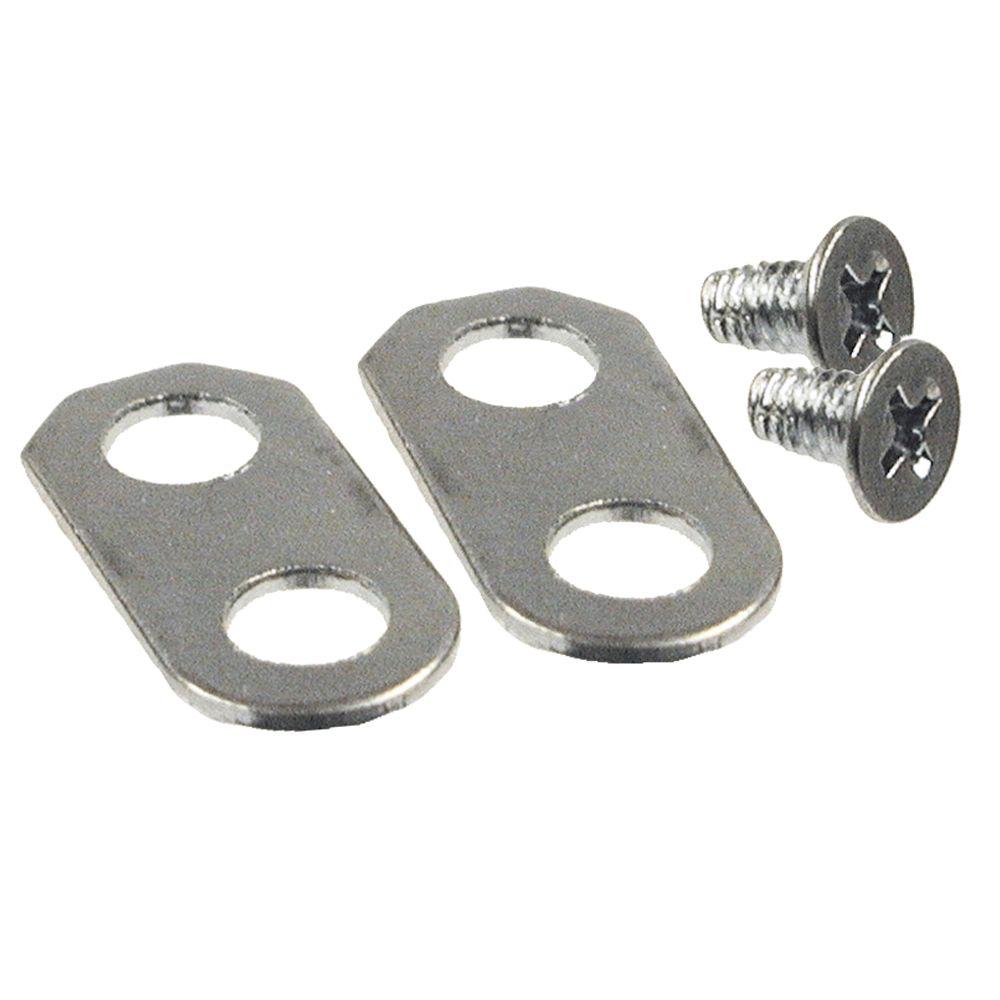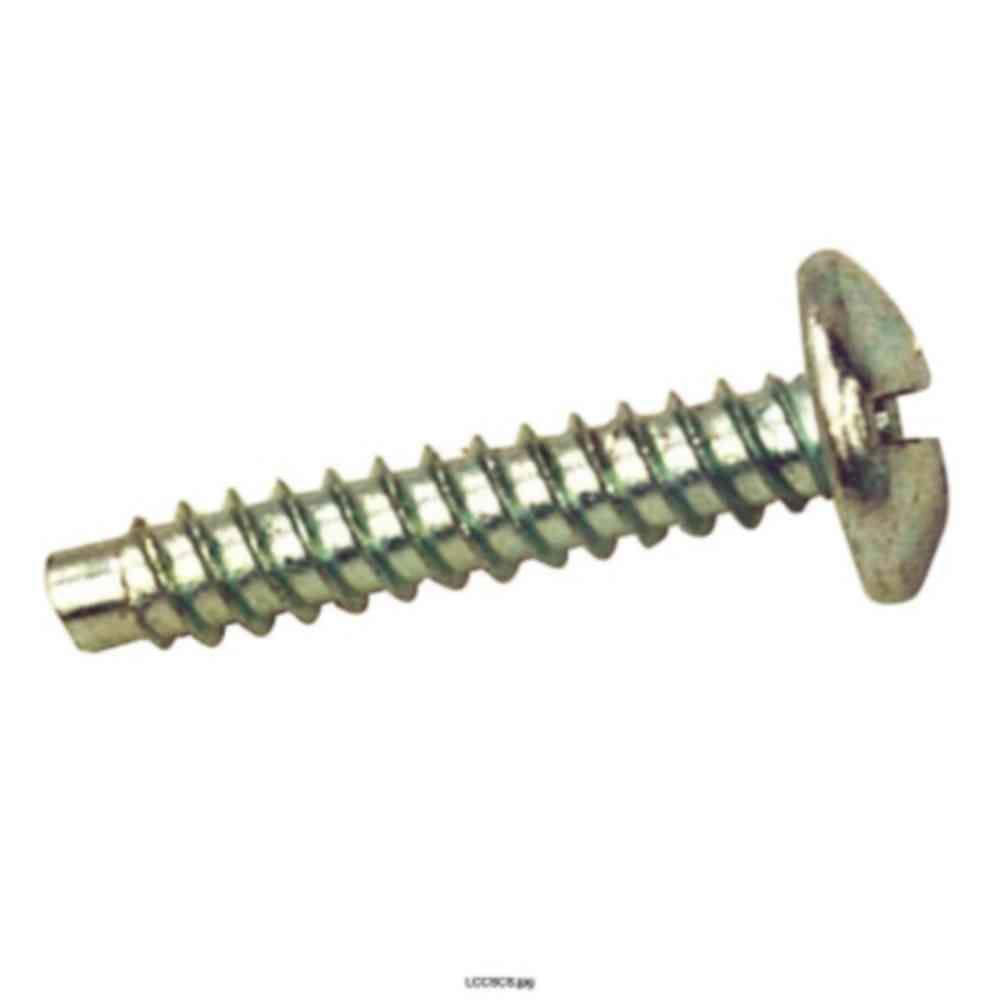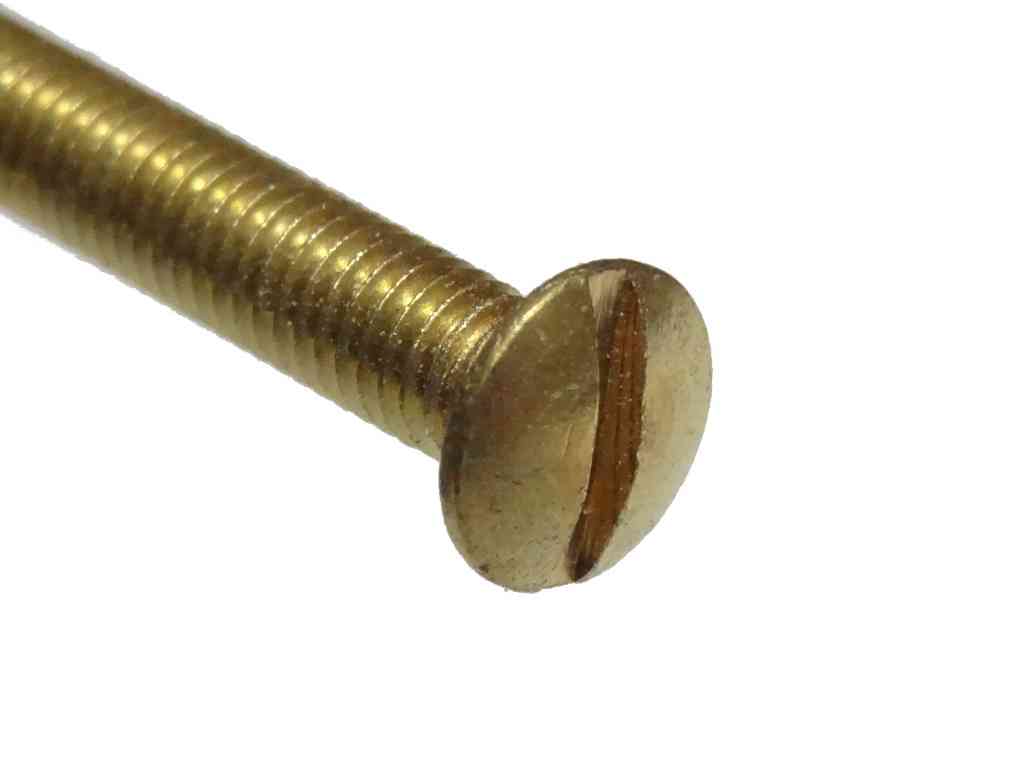What Kind Of Screws For Electrical Boxes
- Solid or blank cover plates are usually packaged with 1″ long screws. Switches & Outlets: 1″ long screws are packaged with most electrical outlets and switches. Extended Screws: If you area dealing with a situation where you have a recessed outlet due to an added wall thickness at an electrical box due to either double thick drywall or tile.
- Electrical Screws. Our range of electrical screws is perfect for when you are reinstalling your existing sockets after tiling, plastering and other home renovations. Innovative thread provides an ultra-strong fix because it goes right to the head and will not work loose. They are available in a choice of sizes to help you get the job completed quickly.

How can the answer be improved?
. Blue Electrical Boxes - Screw size and type.If this is your first visit, be sure tocheck out the by clicking thelink above. You may have tobefore you can post: click the register link above to proceed.

To start viewing messages,select the forum that you want to visit from the selection below. Are you a new member? We elect new Moderators every April and October and vote on any new or revised forum rules.
You can't vote if you're not registered. Please take a moment and do so.check details.If you are using the Chrome web browser, you may see an issue with spaces not being inserted as you type. We're looking into the issue, but for now, if you press the Enter key, then back key, the space bar should start working.If you happen to have any bookmarks that you use to access Family Woodworking, please either remove and re-add them. Or at least make sure that their link starts with '(no www) and is going to the familywoodworking.org (not.com) url.If the link doesn't start with 'you will probably get prompted to login each time you visit the bookmark.Thank you! Not so sure the blue electrical box is the best choice to hang a heavy object from.Fan boxes are designed for a heavier load.If you are saying the lights are heavier than you would like - I don't know how many pounds that means, but (2) 6-32 screws into a plastic box does not sound real good to me.I do not recommend deviating from the design intent of the box, but I do 'suggest' considering a more secure mounting box to hold up a 'heavier than you would like' electrical fixture.Some of the mounting devices actually secure into studs and the fixture is secured to the cross member.
Look into some better options if you are concerned about the weight. It's not worth saving a few cents.Cost wise - it's really only pennies. At the end of the day, you will sleep better.Well - this is just MY take on it. Not so sure the blue electrical box is the best choice to hang a heavy object from.Fan boxes are designed for a heavier load.If you are saying the lights are heavier than you would like - I don't know how many pounds that means, but (2) 6-32 screws into a plastic box does not sound real good to me.I do not recommend deviating from the design intent of the box, but I do 'suggest' considering a more secure mounting box to hold up a 'heavier than you would like' electrical fixture.Some of the mounting devices actually secure into studs and the fixture is secured to the cross member.
Look into some better options if you are concerned about the weight. It's not worth saving a few cents.Cost wise - it's really only pennies.
At the end of the day, you will sleep better.Well - this is just MY take on it.Leo - Totally agree with you. I typically would make something such as this capable of holding 500 pounds. The blue boxes are light weight boxes and hold up to 6 pound fixtures. There are better plastic boxes and Wayne is correct the round box(8-32 screw) is what you want to hold a light fixture. The rectangular boxes are for devices and receptacles(6-32 screw). If you are hanging a chandelier of some sort I would use a steel box with a metal joist hanger, there are several kind available, or a fan box and hanger assembly made for old work. (putting it in after the drywall) they wedge themselves between the joists and lock in solid.
The first step to nailing up electrical boxes, for new residential wiring, is to choose the correct box. Electrical boxes come in various styles, materials, sizes and shapes. It is easy to become overwhelmed with choices. Here are just 6 different styles of boxes, with different material and volume sizes but all of which are the same shape, in this case; a single gang (made for one device receptacle or switch) When nailing up boxes to install new wiring you would only need the first box at the left, the single gang nail on box. Preferably a 20 cubic inch deep, tan fiberglass one gang nail on box, but this 18 ci blue plastic nail on box will do. The 2nd and 3rd boxes are called “remodel”, “old work” or “retrofit” boxes. They are used after sheet rock, paneling or other wall covering is set in place. They are inserted into a cut out hole in sheet rock or cabinetry.
The outdoor box is used in wet locations and requires a weather proof plate to cover the devices. The shallow box with its small 8 cubic inch volume is often in violation of the code requirements for “Box Fill” but can be used as a junction box. The handy box lives up to its name when you need an indoor, surface mounted, device box. ▃ ▅ █ Size; The NEC limits the number of wires that are allowed in a box. The limits are based on the size of the box, the size and number of wires and if there is a device in the box.
( a junction box has no device and is allowed more wires) Determine your box size by calculating “box fill” in the NEC book. For single gang boxes a good standard size is 20 cubic inches which will allow 3 x 12/2 with ground cables and a device or 4 x 14/2 wg cables and a device. Look inside the box to find the label identifying its size.
4 x 12/2 wg cables with a device are not allowed in a 18 cubic inch box. Do not exceed more than a 4 gang switch box because the plates can be difficult to find.
Instead of putting 5 switches at a door, try to divide the switches into two separate boxes a 3 gang and a 2 gang. Better yet move or eliminate one of the switches. Some people go overboard on switches. If they were allowed to design the switches in their car they might have one for the front left parking light and another for the front right parking light and a 3rd and 4th for the back left and right. How about just one switch to turn on all 4 parking lights.
Depth marks on the side of the box should be tight against the stud to set the box at the correct depth for the standard 1/2 inch sheet rock. If you know the depth will be greater than 1/2 inch, as with a double layer of 1/2 inch sheet rock on a fire wall, then you can pull the box out farther like the center photo below. If you are unsure of the sheet rock depth keep in mind that it is better to be too far in the wall than sticking out of the wall. You can always use longer screws when the box is too too far in the wall but it is harder to fix a box that is too far out. You will have to cut the box nails, push the box in and remount the box with screws or grind off the protruding edge with a stone wheel on a battery drill.
We already talked about the front mount and screw mount boxes in a narrow stud space. When you mount a fiberglass box with screws it is important to set the screws in the reinforced area that held the nails. On a 2 inch edge the screws will also miss the wood unless they are set forward in an area that is not reinforced.
This will cause the box to crack around the screw unless the box is plastic. In this case you can flip the nails The photo at the right shows a single gang box with nails flipped and mounted to a ceiling I beam. This box can now be used for a smoke detector. Here is how to flip the nails. Framing Carpenters like to turn wall studs on their side when framing over a concrete wall. They do this to allow their anchor to pass through the stud and into the concrete. This creates a wall that is 2 inches deep and will not allow a standard, 4 inch deep nail on box to fit.
Screw Size For Electrical Box
When this happens you can use a 4S box pronounced “Four” and the letter “S” which stands for 4 inch by 4 inch square. The 4S box has a standard depth of 2 inches, just right for your shallow wall. You will need a “mud ring” or “plaster ring” to attach to the face of the 4S box.
Mud rings come in various depths but 1/2 deep is standard. They also come in various openings; single gang for one receptacle, 2 gang for 2 receptacles or round for a light. ← This photo shows a plastic 4S box with a plastic 1/2 inch deep single gang mud ring. The mud ring is attached to the box with 2 screws.

One at the top right and one at the bottom left. The wire enters the box through a black plastic grommet that was inserted into a 1/2 inch hole. All 4 plastic boxes above all have a door like “flap” that secures the wire after you push the wire into the hole. The next 2 metal boxes require a ➥ connector or grommet to secure the wire. Notice the prepunched 1/2 inch holes called “knock outs” or KO’s because you have to “knock” them out of position.
Some boxes come with 1/2 and 3/4 KO’s others with only 3/4. If you only have 1/2 inch grommets then you will want boxes with 1/2 inch KO’s to match. Also, the metal wire connector that is used for a 1/2 inch KO is called a 3/8ths connector. Possibly, it has to do with an inside diameter rather than the outside diameter.A metal shallow 4/0 box (4= 4 inch, 0= round) nicknamed a pancake box.